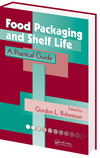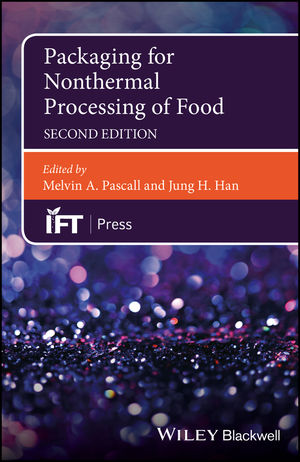Web exclusive
How can you begin upgrading food packaging safety?
Initiating the risk evaluation process as the first step to upgrading your food packaging safety program

Welcome to the fourth installment of the Food Packaging Safety Forum. Last month, we began to discuss the food safety programs, performance, partnerships and expectations, with the intent of setting the stage for an aligned, cooperative environment between involved parties. With that in mind, we move on to the subject of risk evaluation.
Food safety risks to consumers are generally those activities or substances, which would cause comestibles released to consumers to be characterized as
- unsafe
- harmful to health and safety
- not approved by law or lawful processes and/or authorization
- specifically disapproved
- suitable for use in foods and or human consumption in materials and at levels defined by applicable food safety programs and schemes (e.g. GFSI and others), FDA (i.e. 21CFR) other laws (e.g. FSMA), recognized scientific advisory organizations (i.e. FAO/WHO, NAS, JECFA), regulations and industry current best practices.
It is incumbent upon all members of a food supply chain to understand the definitions, parameters and requirements associated with programs and environments that assure the safety and suitability of food, food packaging, related materials and processes. There is no shortage of available guidance documents that specify and discuss risks and risk mitigation, be they in the form of “white papers and newsletters” from industry experts, adjunct expectation manual guidebooks or others.
Regardless of your place in the supply and manufacture chain, it is incumbent upon key members of your organization to obtain food safety training, including where to acquire support literature. Once support literature is acquired and reviewed, one will likely see a lot of commonality, if not redundancy, which is good for the industry. However, it must be understood by the reader that these food safety precepts, requirements and procedures are general guidelines and (likely) have not been written for you, specifically, although, often, you may see examples that relate directly to your products and operations.
The support literature and training is only a background; it is up to you to apply it to the custom nature of your business. A good way to initiate the risk assessment process is by creating a food safety risk assessment committee or group. In small organizations, it can be a group of as few as 2 or 3, but it should include internal cross-functional representatives from purchasing and procurement, quality, operations (manufacturing), sanitation and materials management. In many cases with small businesses, one person is responsible for two or more of these functions.
The group, led by a trained and certified food/food packaging safety and/or quality subject matter expert, must lay out the objectives including description of safety and suitability in the context of law, internal nuances and procedures and customer expectations. Following the completion of a comprehensive discussion on background, objectives, roles and responsibilities, the Team must begin to create a list of risks for consideration and discussion by the team and leadership.
Risk categories are typically bucketed within HACCP models and similar programs as being physical, chemical or biologically based. Connected with the type of risk is the risk level, which is usually unlikely (low), possible (medium) or strong (high).
The Risk Analysis Team leader creates an outline form that includes each of the processes, disciplines and steps included in the “facility manufacturing chain”, which typically include:
- procurement of goods and services
- intake of same
- internal and external storage and transportation
- internal and external processing and handling
- facility and materials testing, examination, evaluation, auditing and validation
- food and human safety, sanitation and auditing
- trace and recall processes and validations against legal requirements and best practices
- resources and training
- maintenance, engineering, construction, building and grounds
- shipping, receiving, materials management and others
Representatives from each function or discipline begin to offer their expertise and opinions of how and where activities, steps and processes within their area or department may cause harm or unsuitability if not understood, controlled and monitored.
Comprehensively executing this process within a team environment is the key to beginning an effective food packaging safety program and process. While not a guarantee of freedom from harm, it is an excellent and worthwhile investment of time and resources spent to protect consumers, your customers and reputation.
Next month: Identifying and addressing risks and likelihood by partner type.
Previously in our food packaging safety series:
Part 1: Introduction to food safety as it relates to packaging
Part 2: Food packaging safety programs
Part 3:Food manufacturers, suppliers and retailers view of peripheral supply chain partner responsibilities
 About the author: Gary Kestenbaum is the Sr. Food Packaging Safety Consultant at EHA Consulting Group, Inc. (ehagroup.com). Kestenbaum has 40 years of experience in the food industry including functional assignments as a food ingredient supplier with National Starch, a product developer with General/Kraft Foods and a packaging developer and packaging engineer with Kraft Foods.
About the author: Gary Kestenbaum is the Sr. Food Packaging Safety Consultant at EHA Consulting Group, Inc. (ehagroup.com). Kestenbaum has 40 years of experience in the food industry including functional assignments as a food ingredient supplier with National Starch, a product developer with General/Kraft Foods and a packaging developer and packaging engineer with Kraft Foods.
Looking for a reprint of this article?
From high-res PDFs to custom plaques, order your copy today!








